About Shreeji Orthopaedic & ENT Hospital
Since 2016
Shreeji Orthopaedic & ENT Hospital is one of best Multispeciality clinic located at Gurukul, Ahmedabad. Established in the year 2016. Shreeji Orthopaedic & ENT Hospital is visited by top doctors like Dr. Hardik Shah (Orthopedist), Dr. Tejal H Shah (ENT Specialist).
The Timing of Shreeji Orthopaedic & ENT Hospital is
MON - SUN
24 * 7
For patients pleasant facility, Shreeji Orthopaedic & ENT Hospital provides a amenities like Waiting lounge. Shreeji Orthopaedic & ENT Hospital has a wide range of procedures and services offered to their patients like Knee Pain Treatment, Knee care, Emergency Care, Backpain, Functional Orthopedics, Machine injury, Arthritis and Pain Management & More. The 2 Doctors at Shreeji Orthopaedic & ENT Hospital are very good knowledge in their field of expertise & provide the best Diagnosis & Treatment to patients.
The staff at Shreeji Orthopaedic & ENT Hospital are polite and providing prompt assistance with any queries that the patient may have. The patient can pay for the service with ease by using any of the available modes of payment, such as Credit Card, Debit Card, Net Banking, Cash, Cheque.
Shreeji Orthopaedic and ent hospital in Ahmedabad provides Knee, Hip Joint replacement, Spine Surgery, Trauma, Fracture, TKR, arthroscopy, ear, nose, throat diseases treatment, sinus, tonsil, deafness surgery, body piercing, endoscopy, eardrum infection and emergency medical treatment.
 Drlogy
Drlogy





